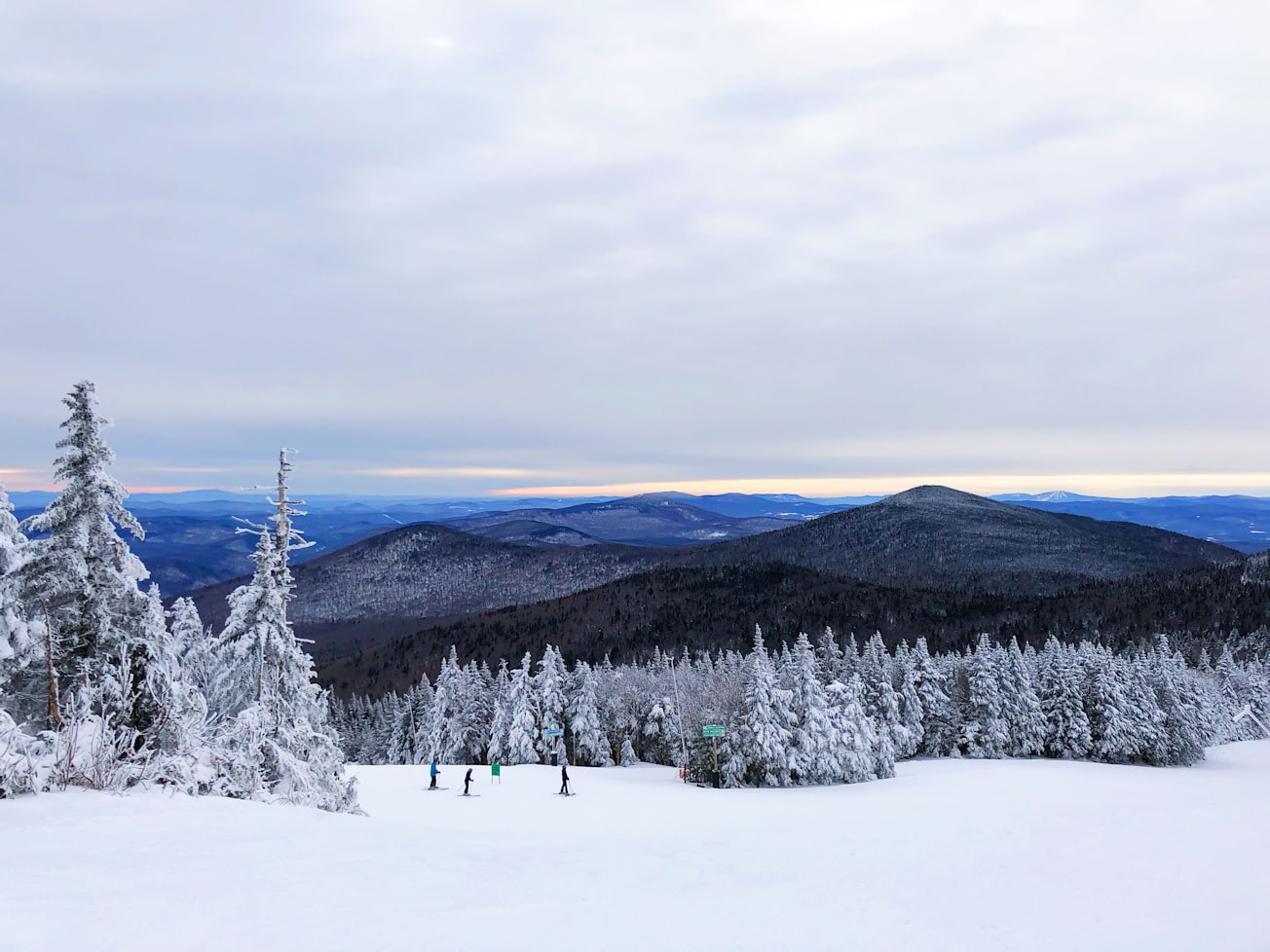What is it about?
Climate change can impact us in many ways. One of the outcomes of climate change is the warming of winters. For instance, in northeastern North America, winters have warmed faster than summers. This has affected both ecosystems and society. Further, global climate models have indicated that the warming will continue. How does the warming of winters affect regions locally? To address this, the authors of a study looked at the local predictions of changes in winter indicators. These included temperature, precipitation, and deep snow covers. The authors considered both lower and higher warming scenarios. They found that, in both cases, the winters continued to warm. This led to reduced snow cover and fewer nights reaching freezing temperatures. Further, winters in southerly and coastal regions warmed more than those at higher elevations.
Featured Image

Photo by Emily Ho on Unsplash
Why is it important?
Long winters in northeastern North America serve many functions. They protect ecosystems beneath the snow cover and control forest pests. This study predicts that warming winters will lead to increased snow loss and survival of invasive insects. On one hand, this would cause extreme weather events. This includes rain on snow, rain on frozen ground, and winter heat waves. On the other, it can affect human health. For example, the survival of the Asian tiger mosquito can lead to the spread of dengue, chikungunya, and West Nile virus. Lyme disease can become more frequent with the survival of the Black legged tick. In addition, businesses based on winter recreation depend on snowy winters. With warmer winters, activities like skiing can only happen at high elevation regions where the winters will be relatively colder. This shows that even strategies like snow making to replace natural snow have their limits. The study, thus, shows that it is urgent for forest management economies and recreation based businesses need to adapt in line with these changes. KEY TAKEAWAY: Winters in northeastern North America are likely to get warmer with time. This will affect ecosystems as well as our societies. These predictions call for urgent action from policymakers at both local and global scales.
Read the Original
This page is a summary of: Future of Winter in Northeastern North America: Climate Indicators Portray Warming and Snow Loss That Will Impact Ecosystems and Communities, Northeastern Naturalist, February 2022, Humboldt Field Research Institute,
DOI: 10.1656/045.028.s1112.
You can read the full text:
Resources
Contributors
Be the first to contribute to this page










